Do you have a termite infestation in your garden? If so, you’re not alone. Termites are a common pest that can cause a lot of damage to your property. In this article, we will discuss how to get rid of termites in the garden. We will cover the most effective methods for terminating a termite infestation, as well as some tips on preventing them from coming back. So don’t wait any longer – read on to learn how to get rid of termites in your garden today!
Termite Behavior and Diet
Termites are small, soft-bodied insects that feed on wood. Though they are often mistaken for ants, termites actually belong to a different order of insects known as Isoptera. Termites are highly social creatures that live in colonies consisting of several caste members. The three most common castes found in termite colonies are workers, soldiers, and reproductives.
The worker caste is responsible for gathering food and caring for the other members of the colony. The soldiers protect the colony from predators and intruders. The reproductives are responsible for creating new generations of termites.
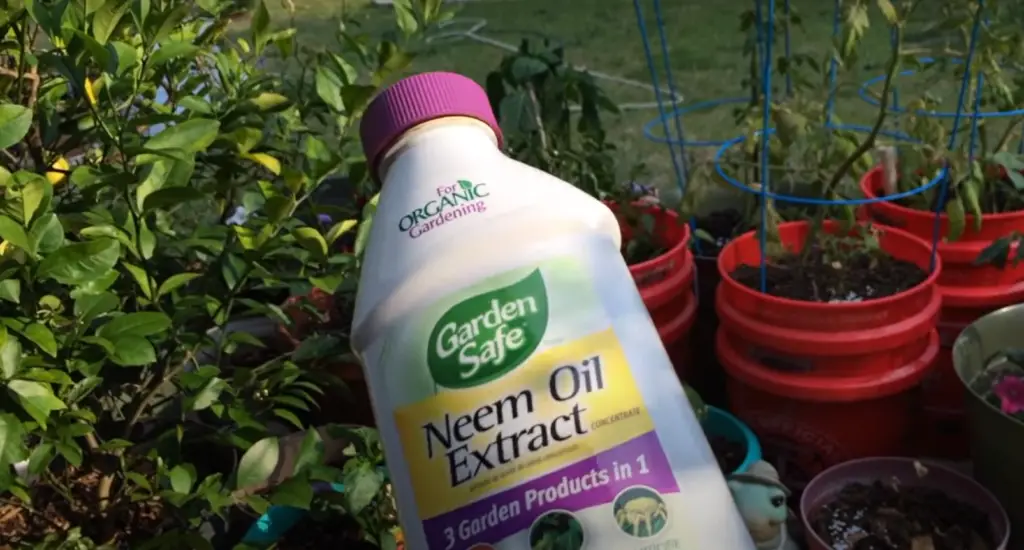
Termites primarily eat cellulose-based materials such as wood, paper, and cardboard. They use their powerful mandibles to bore into these materials and break them down into smaller pieces that they can digest.
Out of these, only around 200 termite species can be considered as pests that cause damage to human-made structures.
The remaining termite species actually play an important role in nature by breaking down dead wood and other organic matter, which helps to recycle nutrients back into the ecosystem. Some people even consider termites as a delicacy in some cultures!
However, when it comes to our homes and gardens, we definitely don’t want any kind of termite infestation. These pesky insects can quickly destroy wooden furniture, frames, floors, and gardens in no time if left unchecked. [1] ,[2] ,[3]
Main Types of Garden Termites
There are three main types of garden termites that can be found infesting gardens in the United States.
Subterranean termite
The most common type in gardens is the subterranean termite. Subterranean termites live in underground nests and tunnel their way up into your garden to feed on wood, leaves, and other organic matter.
While they are mostly harmless to people, these pests can cause serious damage to your garden and house. If you have a lot of termites in your garden, they can strip away all the vegetation, leaving you with a bare patch of dirt. In addition, their tunnels can damage the roots of your plants, making them more susceptible to disease and pests.
Drywood termite
Drywood termites are another type of garden termite that can be found in the United States. These pests live in dry, wooded areas and feed on dead plants and trees.
While they don’t usually cause as much damage to gardens as subterranean termites, they can still destroy vegetation by damaging plant roots.
Drywood termites are also known to infest houses, so if you have these pests in your garden, it’s important to be extra vigilant about checking for signs of infestation in your home.
Dampwood termite
The next type is the dampwood termite, which, as its name suggests, feeds primarily on wood that has high moisture content. Dampwood termites are usually found in areas with high humidity and rainfall.
These termites are generally larger in size than other types of garden termites. They have dark brown or black bodies and their wings are clear with dark veins running through them.
Dampwood termites typically build their nests in rotting tree stumps, fallen logs, or any other sources of moist wood. [4]
Main Habitat of Termites
The soil and dead trees are the natural habitat of termites. Termites usually build their nests in the soil where they can access food and moisture. The size of a termite nest can vary greatly, from small colonies consisting of just a few individuals to massive supercolonies that can span several acres and contain millions of termites.
For example, drywood termites will only build their nests above ground if there is enough moisture in the air. [5]What Causes Termites to Show Up in Garden
There are several reasons why termites might show up in your garden.
The most important thing for termites when it comes to choosing a nesting site is access to food. Termites are constantly eating wood and other cellulose-based materials, so they need to be located near a source of these food items.
This is why termites are often found in areas with a lot of trees or other wooden structures. They will also build their nests near sources of moisture, such as rivers, lakes, and wetlands. However, even an improper drainage system is enough to attract termites to your garden.
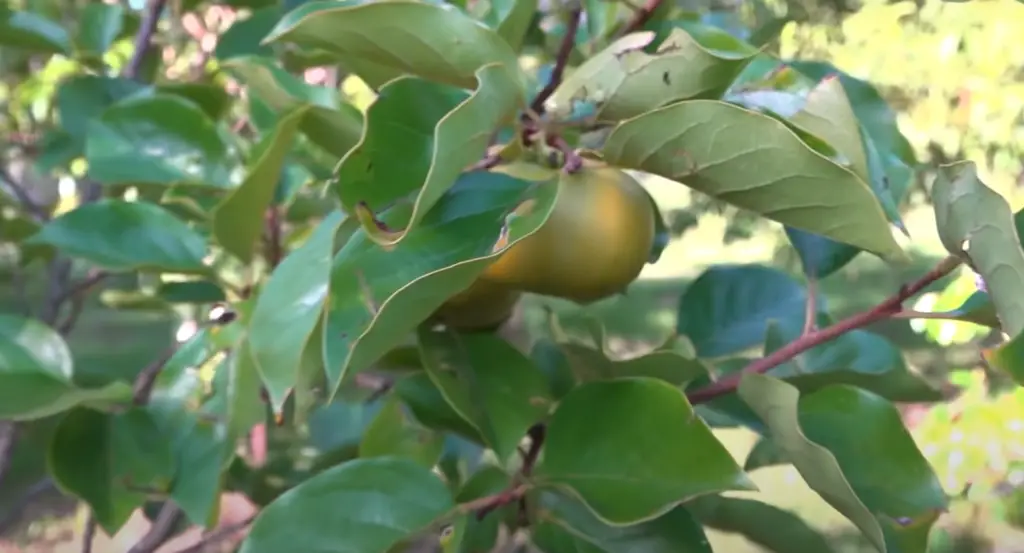
Lastly, it’s possible that termites have simply been brought into your garden by other means such as on firewood or through soil that has been transported from another location.[6]
Potential Harm Termites Can Cause In Your Garden
Termites are one of the most destructive pests in the world. They can cause extensive damage to your home and garden, and if left unchecked, they can quickly become a serious problem.
They can cause trees to topple over
The most common damage that termites cause is to trees. Termites live in the soil and tunnel through the ground to reach their food source, which is wood. As they tunnel through the ground, they create tunnels and galleries that weaken the tree’s roots. This can eventually lead to the tree toppling over.
They can ruin your garden beds
Another type of damage that termites can cause is to garden beds. If you have termites in your garden, they will likely build their nests in the soil near your plants. As they tunnel through the soil, they will consume the roots of your plants. This can kill your plants and ruin your garden beds. In addition, the tunnels and galleries that termites create in the soil can make it difficult for new plants to grow.
They can enter your house
Another serious problem that termites can cause is damage to your house. If you have a termite infestation in your garden, there’s a good chance that they will eventually find their way into your house. Once they’re inside, they can start eating away at the woodwork and structural timbers, causing serious damage. This damage can weaken the structure of your home and make it more susceptible to collapsing.
They can spread to the neighbors
Termites can also spread to other properties in the neighborhood. Termite colonies can travel long distances in search of food, so if your neighbor’s house is located near your infestation, there’s a good chance that they will eventually find their way over. [4] ,[7]
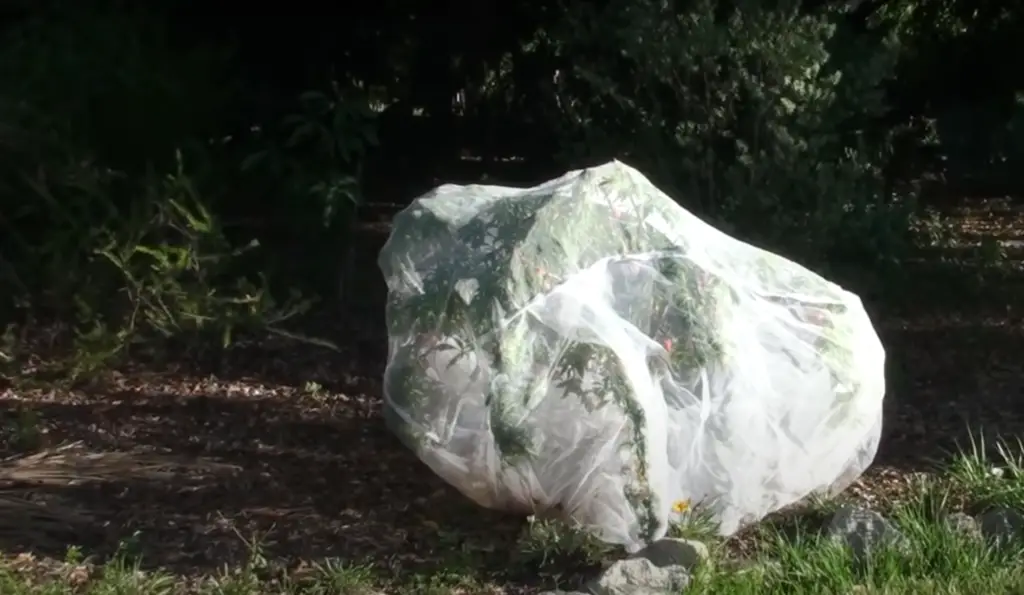
If you think you may have a termite problem in your garden, it is important to take action immediately. There are several things you can do to get rid of termites in your garden and protect your plants from further damage.
Signs of Termite Infection In Your Garden
So, how can you tell if you have termites in your garden? There are several signs that you can look for.
Mud tunnels
Subterranean termites build mud tunnels up the sides of buildings and trees to reach their nests. These tunnels are about the width of a pencil and are usually found on the sunny side of a structure. If you find these tunnels in your garden, it is a good indication that you have a termite problem. [4] ,[8]
You notice termite hills in your garden
Another sign of a termite infestation is the presence of termite hills. These are small mound-like structures that termites build around their nests. These hills can be up to a foot tall and are usually found in areas with high moisture levels. [7]
Termite frass and wings in garden
As termites eat their way through wood, they leave behind a sawdust-like material called frass. Frass is dark in color and can be found in small piles around the base of infested trees or buildings. You may also find discarded wings near these piles, as termites shed their wings after they mate.
Garden tree trunks are hollow
One of the most obvious signs of termite damage are hollow trees. If you tap on the trunk of an infested tree and it sounds hollow, it is likely that the inside has been eaten away by termites. [8]
Nearby trees have blowholes
Another sign of termites is the presence of blowholes in trees. These are small holes that are created when termites tunnel through the tree trunk. The holes are usually about the size of a dime and are filled with sawdust or frass. [9]
You spot termites in soil
One of the most common signs of termite infection in your garden is the presence of these pests in the soil. If you see them swarming around, it’s a good indication that they have already established a nest in the area and are looking for food. Termites are attracted to moisture, so they are often found near sources of water or in wet soil. [7] ,[8]
Termites can cause serious damage, so it’s best not to wait before getting rid of potential pests.Organic Ways to Get Rid of Termites In Garden
Organic is a way to go if you’re looking for nontoxic methods to get rid of termites in the garden. We will go over every single option.
Use a vinegar mixture
You can make a homemade mixture to get rid of termites in the garden. Combine one part vinegar with one part water and put it in a spray bottle. Then, go around your garden and spray any areas where you see termites. The acidity in the vinegar will kill them. You can also use this mixture to deter them from coming back.
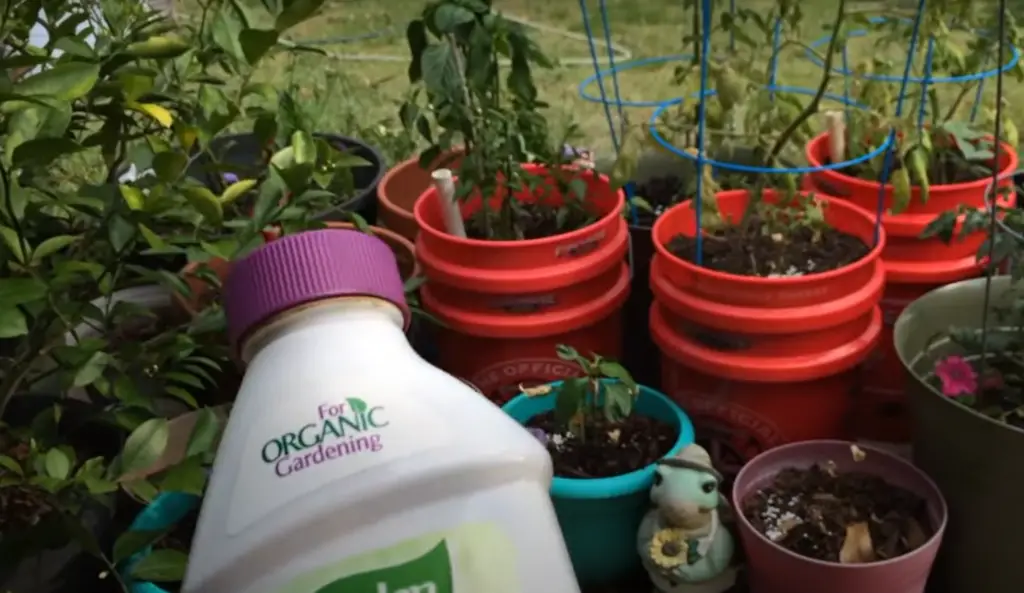
If you have a severe termite problem, you can try using white vinegar instead of regular vinegar. Just be aware that it may damage your plants if you use too much.
Another option is to mix equal parts vinegar and lemon juice. This will also create an acidic solution that will kill termites on contact. [10] ,[11]
Use boric acid
Boric acid is another effective way to get rid of termites in the garden. It’s a white powder that you can find at most hardware stores. Just sprinkle it around the perimeter of your garden and anywhere else you see termites.
The boric acid will kill the termites that come into contact with it. Be careful not to use too much, as it can be harmful to plants and animals if ingested. [11]
Use diatomaceous earth
Diatomaceous earth is a white powder that’s made from the fossilized remains of algae. It’s safe to use around plants and animals, but it’s deadly to termites. Just sprinkle it around your garden and anywhere else you see termites.
The diatomaceous earth will kill the termites that come into contact with it. It’s also a good idea to treat your soil with diatomaceous earth every few months to prevent them from coming back. Just be sure to use food-grade diatomaceous earth, as other types can be harmful if inhaled. [12]
Introduce nematodes to the garden
If you have never heard of nematodes, they are microscopic worms that occur naturally in soil. They are parasites of insects and can be used to target and kill termites.
There are different strains of nematodes, so make sure to get the right kind for your garden. The most common ones used against termites are Steinernema carpocapsae and Heterorhabditis bacteriophora.
You can purchase them online or at a gardening store. Follow the instructions on the package when introducing them to your garden. Keep in mind that you can use nematodes method only in warmer months, as they need the soil to be above 42 degrees Fahrenheit for them to survive.
Nematodes also need moisture to survive, so keep an eye on the soil and water regularly. You might need to reapply them every few months to keep the population up. [6] ,[13] ,[16]
Use orange oil
One of the most effective natural ways to get rid of termites is orange oil. Orange oil is a non-toxic essential oil that can kill termites quickly. Simply spray the mixture on the affected areas. You can also soak a cotton ball in orange oil and place it near the termite nest. The strong smell of orange will repel the insects and they will eventually die. [10]
Set a termiticide barrier
If you want to prevent termites from coming into your garden in the first place, you can set up a barrier around it. There are many different products on the market that contain chemicals that will kill or repel termites.
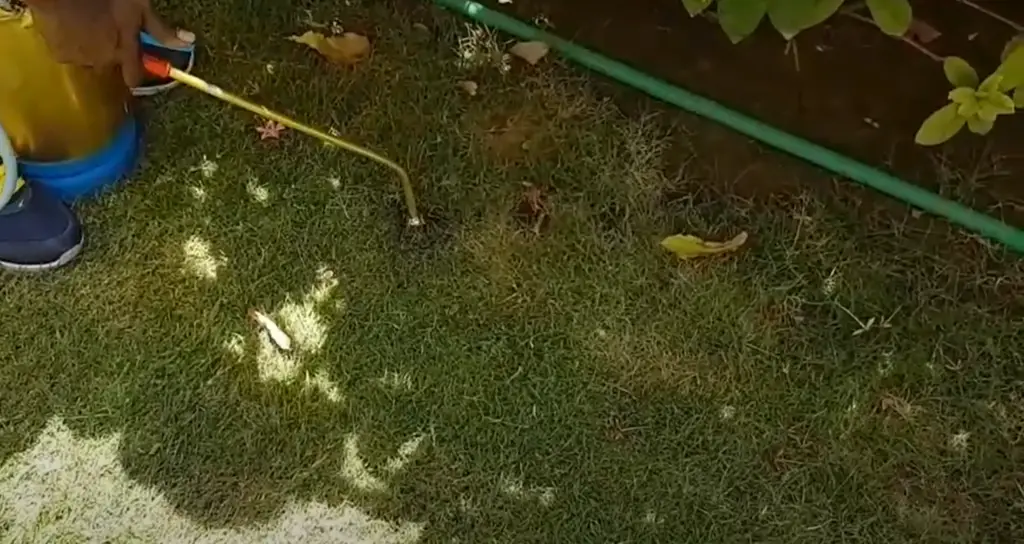
You can also make your own natural termiticide using ingredients like boric acid, vinegar, or essential oils. Simply mix them together and apply them around the perimeter of your garden. You may need to reapply the barrier every few months to keep the insects away. [14]
Place a wet cardboard bait
Another way to kill termites naturally is to place a wet cardboard bait away from the garden. Cardboard is one of the favorite foods of termites and they will be attracted to it. Once they start eating the bait, you can either burn or squash them. [10]
Call professional services
If you have a severe termite problem, it’s best to call a professional for help. These services have the experience and equipment to deal with the problem effectively. They will also be able to provide you with advice on how to prevent termites from returning in the future.
What You Shouldn’t Attempt
So, those were some of the most effective ways to get rid of termites in the garden. However, there are a few methods that you should avoid as they can be harmful to your plants and animals.
Don’t use insect spray
Insect spray is one of the most common ways to get rid of pests. However, it’s not the best way to get rid of termites in the garden. This is because most insect sprays contain chemicals that can be harmful to your plants and animals.
If you must use an insecticide, make sure to choose a safe and natural option. There are some organic insecticides that are made with ingredients like neem oil and peppermint oil. These are safe to use around plants and animals and will still kill the termites, although not as effectively.
Don’t use pine sleepers
Pine sleepers are a type of treated timber that is used in construction. They are often used as fence posts or in landscaping. Pine sleepers are treated with chemicals, mainly arsenic to make them resistant to rot and pests.
However, these chemicals can leach into the soil and contaminate it. This can be harmful to plants, animals, and humans. If you have pine sleepers in your garden, it’s best to remove them. [4] ,[6]
Don’t relocate the termites
Some people think that the best way to get rid of termites is to simply relocate them. However, this is not a good idea. Termites are very good at finding their way back to their nest. Even if you move them a few miles away, they will likely find their way back.
Additionally, moving them can also spread the infestation to other areas. If you have termites in your garden, the best thing to do is to kill them. [4] ,[13]
Preventing Termites in Garden
The best way to deal with termites is to prevent them from infesting your garden in the first place. There are a few things you can do to deter them.
Inspect the bases of the trees regularly
One of the most common places for termites to build their nests is at the base of trees. If you have trees in your garden, make sure to inspect them regularly for signs of termites.
You can also treat the tree trunk with a natural insecticide like neem oil or borax powder. This will prevent the insects from being able to climb up the tree and into your garden. [4]
Eliminate the potential wooden habitats
Termites are attracted to wood, so it’s important to eliminate any potential wooden habitats in your garden. This includes removing any dead trees or branches, as well as ensuring that there is no wood-to-soil contact.
You also should keep any firewood or lumber away from your home, as this can attract termites.
Keep garden beds away from the building walls
Another way to prevent termites is to keep garden beds away from the building walls. This will help deter them from infesting your home. [7]
Keep moisture levels under control
Termites are attracted to moisture. By keeping the soil in your garden dry, you make it less inviting for them. Water your plants early in the day so that the sun can quickly dry out the leaves and stems. If possible, use a soaker hose or drip irrigation system to water your plants at their roots instead of from above.

Mulch around your plants also helps to keep the soil dry. Not only does it reduce evaporation, but it also keeps rain from splashing up on the leaves and stems of your plants which can spread diseases.
If you plan on using mulch, choose the right kind. Some types of mulch, like wood chips, can actually attract termites. Instead, opt for coarse gravel or stone.
Another way to control moisture is to fix any leaks in your irrigation system as soon as possible. A small leak can attract termites and other pests looking for a source of water.
Don’t plant gum trees or paperbark trees near your garden
Gum trees and paperbark trees are a food source for termites. If you have these trees near your garden, it’s more likely that termites will find their way into your garden.
If you have these trees on your property, it’s important to regularly check them for signs of termite activity and treat them if necessary. [15]
How to Get Rid of Termites in Garden: A Comparative Analysis
Termites can wreak havoc on gardens, damaging plants, and causing significant losses. There are various methods to control and eliminate termites in the garden, each with its pros and cons. In this table, we present a comparative analysis of different termite control methods based on key indicators.
| Termite Control Method | Effectiveness | Environmental Impact | Cost | Application Complexity |
|---|---|---|---|---|
| Chemical Termiticides | High | High (may harm beneficial insects and soil health) | Medium | Low |
| Nematodes | Moderate | Low (target specific pests only) | High | Medium |
| Beneficial Nematodes | High | Low (safe for beneficial insects) | High | Medium |
| Physical Barriers (e.g., Steel Mesh) | Low | Low (environmentally friendly) | High | Low |
| Cardboard Traps | Moderate | Low (requires monitoring) | Low | Low |
| Termite Baits | High | Low (target specific pests only) | Medium | Medium |
Explanation:
- Effectiveness: This indicator shows the effectiveness of each termite control method in eliminating termites from the garden. High effectiveness indicates better results.
- Environmental Impact: It represents the environmental impact of each method, considering its effect on beneficial insects and soil health. A low impact is more environmentally friendly.
- Cost: This indicator reflects the relative cost of implementing each method, categorized as low, medium, or high.
- Application Complexity: It indicates how easy or challenging it is to apply each method. A low complexity means it is relatively simple to use.
From the table, we can see that chemical termiticides and beneficial nematodes are highly effective in termite control. However, chemical termiticides have a high environmental impact and can harm beneficial insects and soil health. On the other hand, beneficial nematodes have a low environmental impact, making them a more eco-friendly option.
Physical barriers, such as steel mesh, are environmentally friendly but have limited effectiveness. Cardboard traps offer moderate effectiveness and low environmental impact but require monitoring. Termite baits are highly effective and have a low environmental impact, making them a good compromise between efficiency and eco-friendliness.
When choosing a termite control method for your garden, consider these factors to make an informed decision that aligns with your priorities and environmental values.
FAQ
Can vinegar kill termites?
While vinegar is a safe, natural way to get rid of household pests like ants and cockroaches, it’s not effective against termites. Vinegar won’t kill termites outright, but it can repel them for a while.
To use vinegar as a termite repellent, mix equal parts vinegar and water in a spray bottle. Then, simply spray the mixture around the perimeter of your home or garden to deter termites. You can also soak cotton balls in the mixture and place them near areas where you’ve seen termites.
How do I permanently get rid of termites?
There is no 100% foolproof method to get rid of termites permanently. However, there are things you can do to discourage them from setting up shop in your garden and yard.
One way to discourage termites from taking up residence near your home is to keep the area around your foundation clear of debris. This includes dead leaves, mulch, firewood, and anything else that might give them a place to hide.
In addition, it’s important to regularly inspect your home for signs of termite damage. If you see any evidence of an infestation, it’s important to call a pest control professional immediately.
What is the fastest way to get rid of termites?
There is no single answer to this question as the best method of termite control will vary depending on the severity of the infestation and the type of termites present. However, some methods of treatment may be more effective than others in certain situations. For example, fumigation is generally considered to be the most effective way to get rid of drywood termites, while bait stations are often used to control subterranean termites.
If you suspect that you have a severe termite problem, it is important to contact a professional exterminator as soon as possible. They will be able to assess the situation and recommend the best course of action for getting rid of the pests.
What is a natural way to get rid of termites?
There are a few things you can do to get rid of termites naturally. First, make sure that there is no food source for them. Second, try using nematodes, which are tiny parasitic worms that kill termites. You can also use diatomaceous earth, which is a powder made from the fossilized remains of algae. Finally, try using boric acid, which is a poisonous substance that will kill termites.
It’s best to use organic methods to get rid of termites because they are less harmful to the environment and your plants.
What are some signs of termite infestation in my garden?
Some common signs of termite infestation in your garden may include hollow-sounding wood, mud tubes on structures or trees, discarded termite wings, and visible termite nests or tunnels.
Are there any preventive measures to avoid termite infestation in the garden?
Yes, you can take preventive measures to avoid termite infestation in your garden. Keep wood and debris away from the house, maintain proper drainage to avoid moisture buildup, and use termite-resistant mulch.
How can I identify the type of termites infesting my garden?
Identifying the type of termites in your garden typically requires professional assistance. Pest control experts can examine the specimens and assess the damage to determine the termite species accurately.
Can I use nematodes to control termites in my garden?
Yes, using beneficial nematodes can be an effective method to control termites in your garden. These microscopic worms can target termite larvae and disrupt their life cycle.
Is it safe to use chemical termite treatments in the garden?
Chemical termite treatments can be safe when used according to the manufacturer’s instructions. However, it’s crucial to follow proper safety guidelines and avoid harming beneficial insects or other animals.
Can I use boric acid to eliminate termites in the garden?
Yes, boric acid is an effective and low-toxicity option for termite control in the garden. It can be applied as a powder or in a solution to treat affected areas.
How often should I inspect my garden for termite activity?
Regular termite inspections are essential. It’s recommended to inspect your garden at least once every few months to catch any termite infestations early and prevent extensive damage.
What are some natural predators of termites that I can encourage in my garden?
Some natural predators of termites include ants, spiders, centipedes, and certain birds like woodpeckers. By creating a diverse and natural habitat, you can encourage these predators to help control termite populations.
Can I use cardboard traps to capture termites in my garden?
Yes, cardboard traps can be a useful method to capture termites. Place damp cardboard near termite-prone areas, and once the termites infest it, remove and destroy the cardboard along with the captured termites.
Should I consider professional pest control for severe termite infestations in the garden?
Yes, for severe termite infestations, it’s advisable to seek help from professional pest control services. They have the expertise and tools to handle extensive termite problems safely and effectively.
Useful Video: How to get rid of termites in a raised bed or garden
Conclusion
If you’re seeing evidence of termites in your garden, it’s important to take action sooner rather than later. Not only can these pesky pests damage plants and trees in your yard, but they can also cause structural damage to your house if left untreated. Termites love moisture, so make sure you are taking steps to keep your property as dry as possible – that includes fixing any leaks and keeping mulch and soil away from the foundation of your home.
There are a few organic methods that you can use to get rid of termites. One way is to introduce nematodes into your soil; these tiny worms are natural predators of termites. You can also set traps or barriers made from termiticide, which will kill any termites that cross them. Another option is to use orange oil or boric acid; both of these chemicals are deadly to termites but non toxic for humans and pets. Finally, if you want to be absolutely sure that all the termites are gone, you can call a professional pest control service. Thanks for reading!
References:
- https://www.sciencedirect.com/topics/agricultural-and-biological-sciences/isoptera
- https://www.researchgate.net/publication/284230635_Termites_as_Pests_of_Buildings
- http://extension.msstate.edu/content/termite-biology-eastern-subterranean-termites-and-formosan-termites
- https://raiseyourgarden.com/home/oh-no-termites-in-the-garden-heres-how-you-can-get-rid-of-them-fast
- https://www.terminix.com/termites/behavior/where-do-termites-live/
- https://www.aces.edu/blog/topics/lawn-garden/termite-treatment-in-organic-gardens/
- https://www.precisionpestcontrol.com.au/termite-control/termite-faq/are-termites-in-the-garden-a-problem/
- https://blog.origin.com.sg/a-complete-guide-to-handling-termites-in-the-garden
- https://www.moyerpest.com/blog/post/what-are-the-signs-of-termites
- https://biopests.com/how-to-get-rid-of-termites-in-your-garden-organically/
- https://www.gardeningetc.com/advice/how-to-get-rid-of-termites
- https://hitmenpest.com/termites/prevention/lawn-and-garden-termite-prevention/
- https://safeguardpestcontrol.com.au/blog/bug-off-5-effective-ways-to-get-rid-of-termites-in-garden/
- https://lawnlove.com/blog/how-do-you-get-rid-of-termites-in-your-yard/#3-3-termiticide-barrier
- https://www.pest-ex.com.au/blog/what-to-do-if-youve-found-termites-in-your-yard-or-garden/
- https://www.sciencedirect.com/topics/agricultural-and-biological-sciences/heterorhabditis-bacteriophora





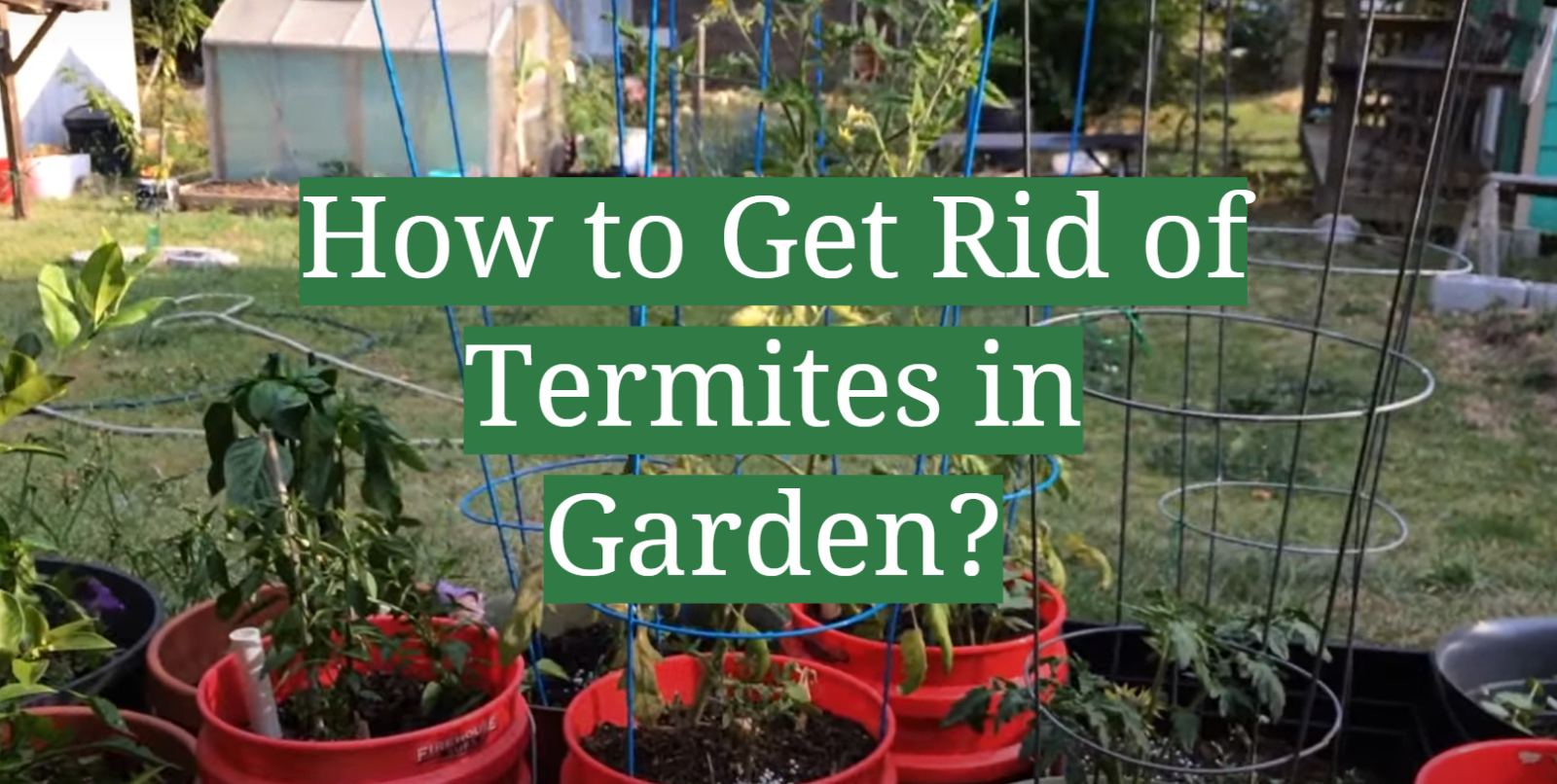


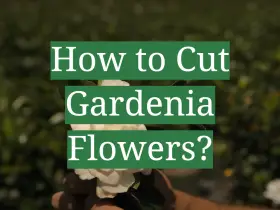
Leave a Reply
View Comments